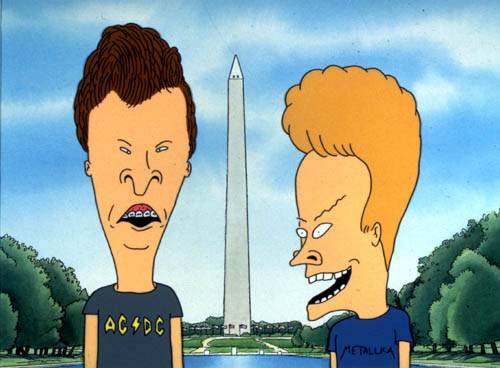Facebook is being invaded by cartoon pictures, have you noticed it? If you haven’t noticed the invasion then let me ask you this question: where were you in the last few days? The present cartoon pictures invasion happening to Facebook is a proof of how easy it is to get things go viral in social networks like Facebook; just a paragraph of well-crafted words posted on a wall is sure to get people into something. We’ve seen in the past few months some campaigns on Facebook like the ‘I Like It On’ sexy status updates and the ‘color of the day’ status update go viral and we can expect more of this kind of campaigns get into FB in the coming months.
Facebook cartoon profile pics have taken over Facebook the past few days. Millions of Facebook users are changing their profile pics to pictures of cartoon characters, and many people are asking, “Why is everyone’s Facebook picture a cartoon?” Facebook cartoon profile pictures are everywhere in the news.
The origin of this campaign is not known but there are a couple of Facebook fan pages that pushes this campaign. There are also those who do not believe in the campaign, they see it as something silly, as silly as the ‘I like it On’ campaign. Others think that many cartoon characters depict violence on children so the campaign is not fitting for the cause.
Although the campaign was reported to have started in November in n Greece and Cyprus, the "game" has changed and the current Facebook campaign is to set Facebook profile pictures to cartoon images. Here's the message being spread on walls everywhere: "Change your Facebook profile picture to a cartoon character from your childhood and invite your friends to do the same. Until Monday, Dec 6th of 2010, there should be no human faces on Facebook, but an invasion of memories! This is for a campaign against violence on children."
Which theory do you believe about the Facebook cartoon profile pic frenzy? Or maybe there's a new campaign coming through next day?


